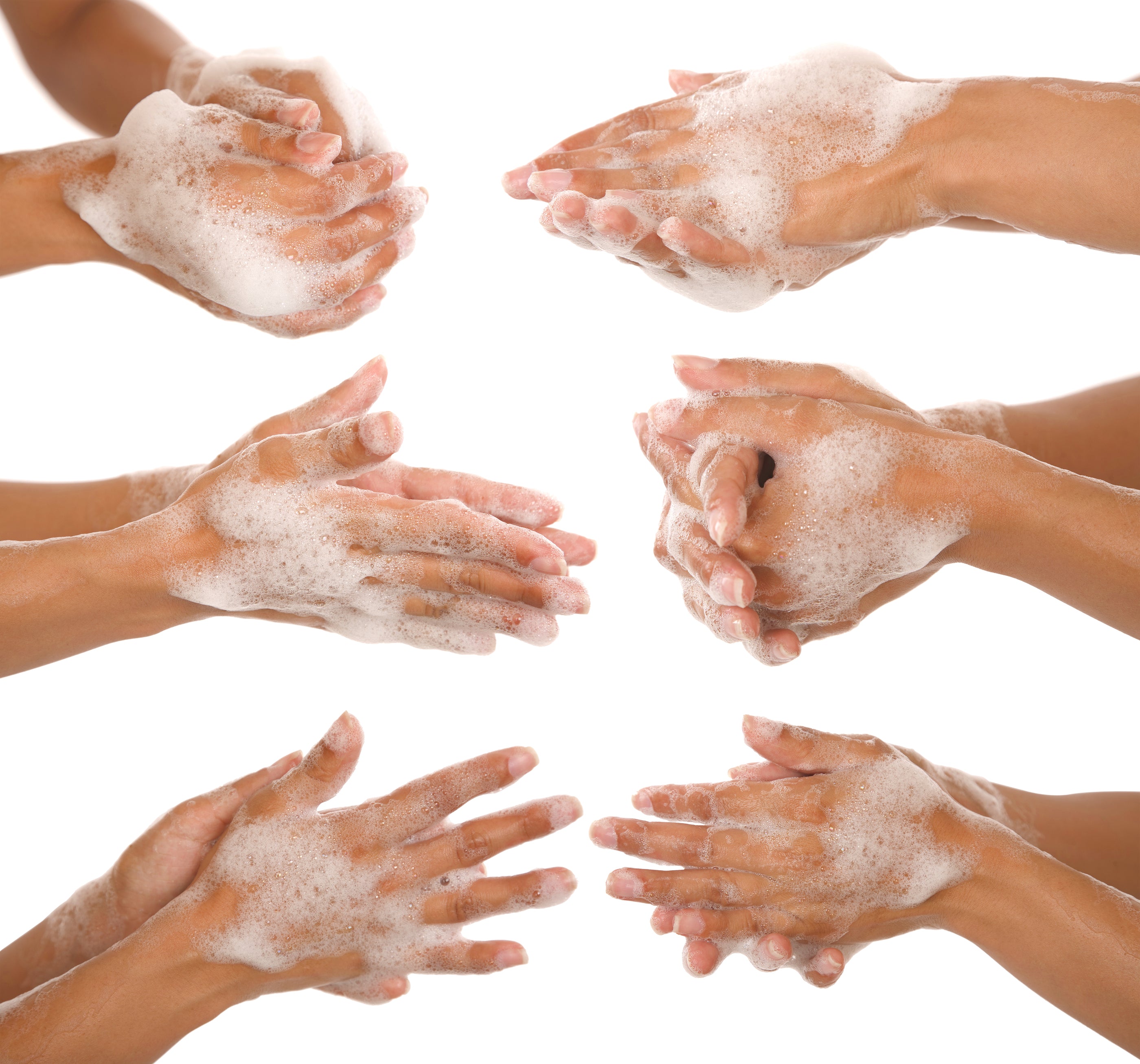
Washing Your Hands Is Good Skin Care
Posted by Kim Beels on
Good handwashing practices have many benefits and should be a regular part of a healthy skin care routine. If you have problematic skin, you already know the first rule of thumb is to keep your hands off of your face. This is mostly because touching your skin can lead to scratching, picking, and irritating the skin’s fragile surface. But, although face-touching alone is not cause of breakouts, it could make the situation much worse.
Breakouts occur when oil glands are clogged and the environment is right for bacteria to spread or enter through broken skin. This is where touching your face, without washing your hands first, can adversely affect problematic skin. Throughout the day your hands collect billions of germs and dirt from the things you touch – that other people have touched too! Nasty bacteria and viruses that are thriving all around us, are just waiting for a chance to hitch a ride on your hands to your face and other places on your body. You don’t want to give them a free ride.
It goes without saying that you should always wash your hands when they are visibly dirty and when you have been in a public building or after traveling on public transportation. Of course, it’s impossible to always have germ-free hands. Here are a few rules to follow that will help you establish a good handwashing skin care routine according to the Mayo Clinic.
Always wash your hands before:
- Preparing food or eating
- Treating wounds or caring for a sick person
- Inserting or removing contact lenses
Always wash your hands after:
- Preparing food
- Using the toilet, changing a diaper or cleaning up a child who has used the toilet
- Touching an animal, animal feed or animal waste
- Blowing your nose, coughing or sneezing
- Treating wounds or caring for a sick person
- Handling garbage
- Handling pet food or pet treats
The best way to minimize the transfer of dirt and germs lingering on your hands is to wash them as frequently as possible. Using a mild soap, rub your hands under lukewarm water for a minimum of 20 seconds. At least once a day, when you have more time, use a nail brush and scrub under your nails with an anti-bacterial soap. If washing more often causes your hands to become dry and cracked, use a hand moisturizer to keep them soft and hydrated.
